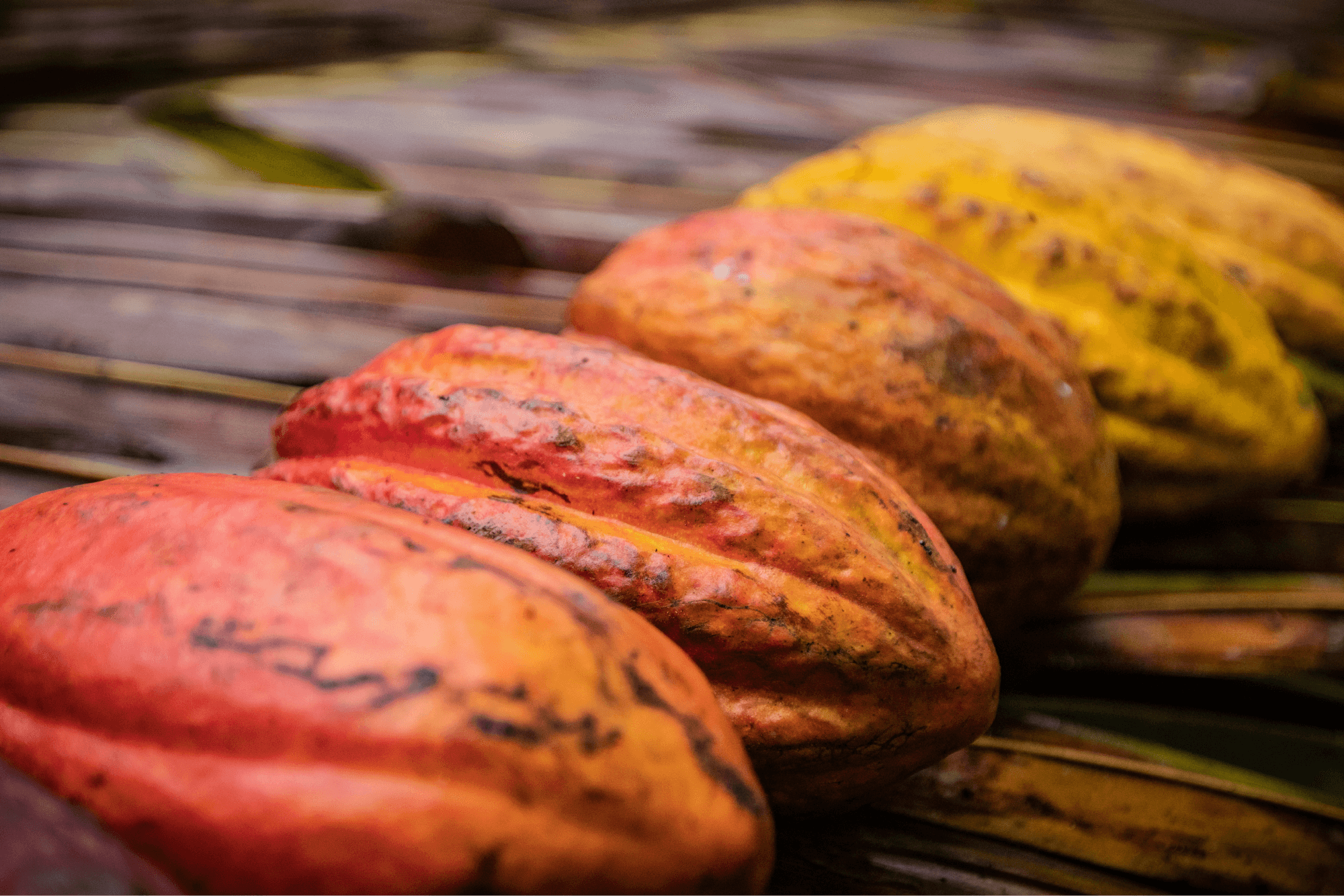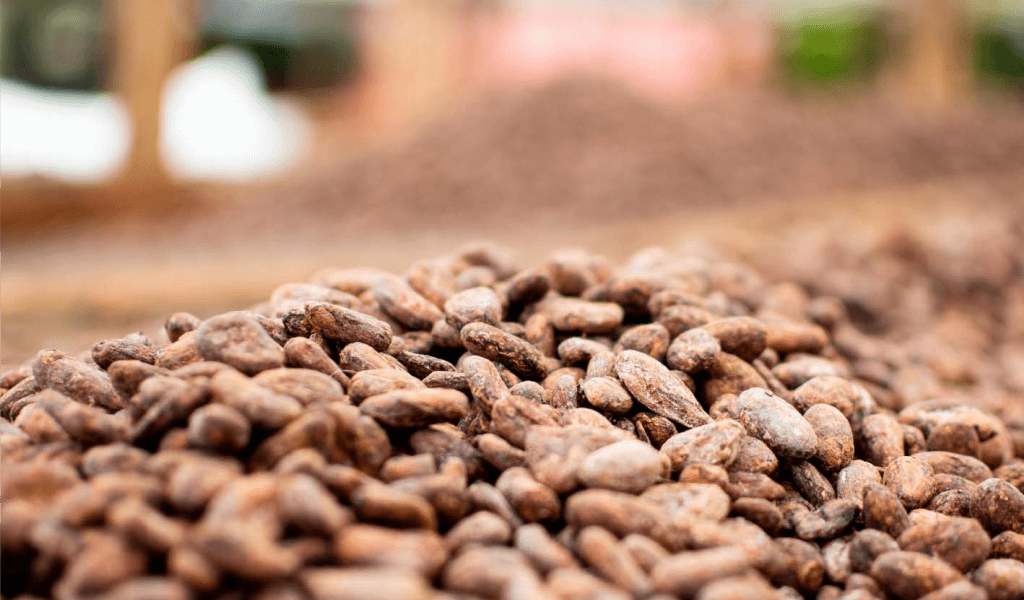Democratic Republic of São Tomé and Príncipe
Roça Sundy, Príncipe
In every bite of Príncipe cacao there is a story of revival, resilience, and respect for nature.
Historically one of Príncipe’s most significant cacao estates, Roça Sundy has been revitalized through the efforts of HBD Príncipe, a B Corp focused on sustainable development across the island. Today, it stands as a model for conservation-focused cacao production, balancing economic opportunities for local communities with environmental preservation.
Roça Sundy is a living example of agroforestry in harmony with nature. It has received Bird Friendly certification, recognizing its commitment to protecting the island’s rich birdlife, including several endemic species found only on Príncipe. The plantation’s cacao trees are intercropped with native flora, providing crucial habitats for wildlife while promoting soil health and reducing the need for chemical inputs. The centralized process ensures consistent fermentation and drying, optimizing the unique flavor potential of Príncipe’s cacao. Beyond this unique flavor, it tells a story of revival, conservation, and community resilience, making it a truly special origin in the world of specialty cacao.
HBD Principe manages 1,700 hectares of concessions, employing over 600 people—10% of the island's adult population—with private transport, housing, and medical care for all the staff and their families. HBD Principe invests in sustainability through island-wide recycling, and has invested over 20,000 hours of training of all kinds into local communities: carpentry, agriculture, hospitality, and more. Additionally, HBD supports a local NGO, Fundação Príncipe, that works on sea turtle conservation.
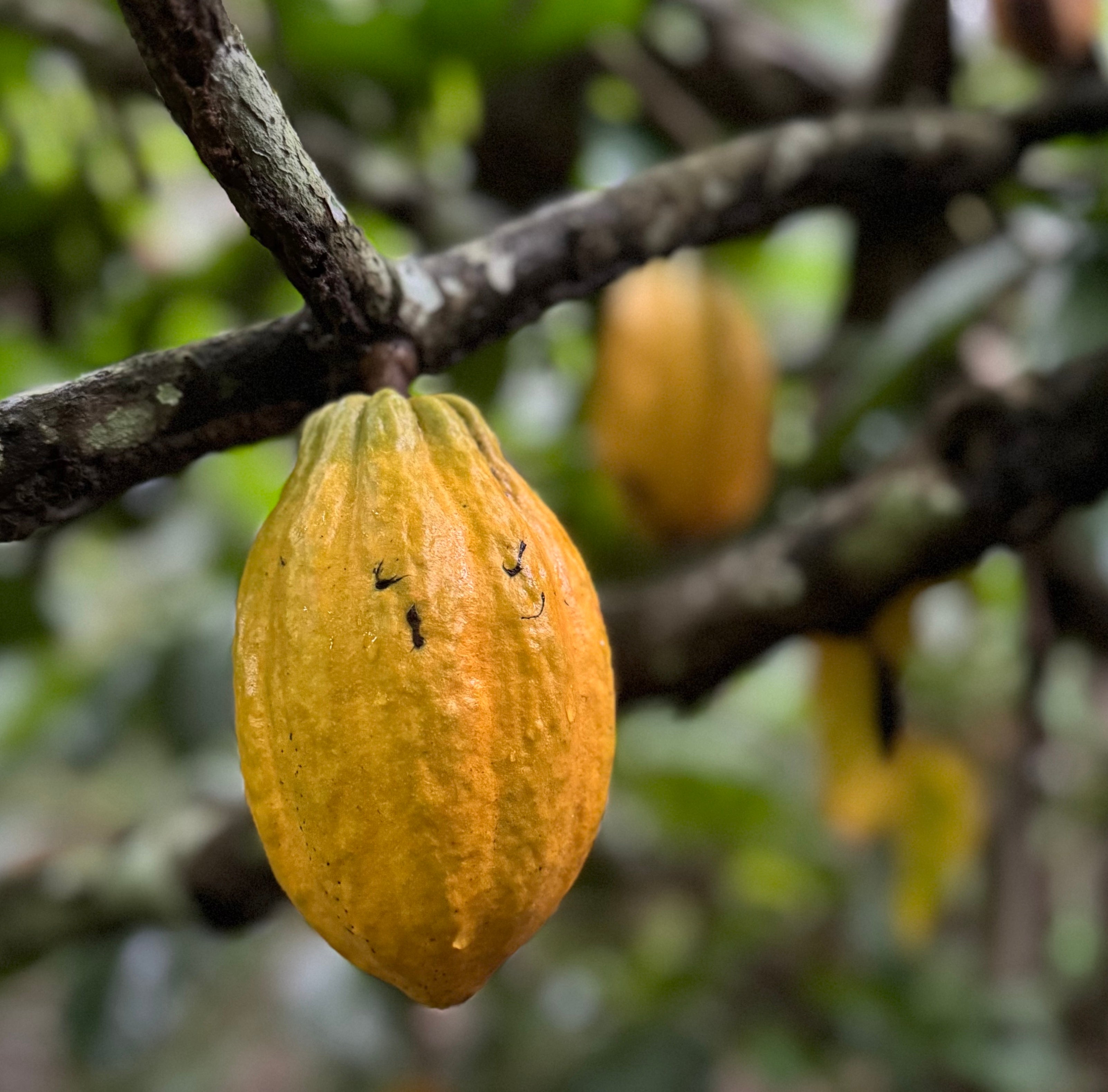
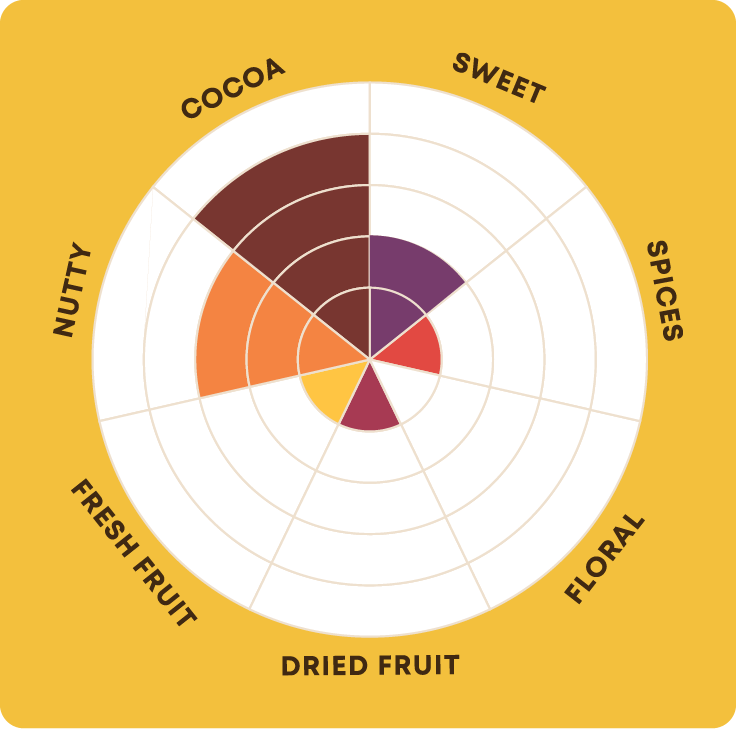
TERROIR
The island of Príncipe is a volcanic gem off the coast of Central Africa, boasting a stunning array of microclimates and biodiversity. The combination of volcanic soil, tropical humidity, and lush rainforests creates a one-of-a-kind terroir that shapes the flavor of its cacao. With an annual rainfall averaging over 1,500 mm and a mix of lowland and montane forests, Príncipe provides an ideal environment for cacao cultivation. The island’s cacao tree is predominantly Amelonado, a Forastero variety introduced during Portuguese colonization.
Roça Sundy has evolved respectfully alongside the island’s protected UNESCO Biosphere Reserve, ensuring that cacao production aligns with conservation goals. Shade-grown under native tree canopies, the cacao farms support biodiversity, from endemic bird species to medicinal plants used by local communities.
HBD Príncipe embodies a vision of harmony between nature, people, and culture. Their work supports the local community through education, skill-building, and sustainable livelihoods while prioritizing environmental conservation. By fostering responsible cocoa production, they aim to preserve Príncipe's rich biodiversity and contribute to the well-being of the island's residents through impactful social and environmental initiatives.
Historically one of Príncipe’s most significant cacao estates, Roça Sundy has been revitalized through the efforts of HBD Príncipe, a B Corp focused on sustainable development across the island. Today, it stands as a model for conservation-focused cacao production, balancing economic opportunities for local communities with environmental preservation.
Roça Sundy is a living example of agroforestry in harmony with nature. It has received Bird Friendly certification, recognizing its commitment to protecting the island’s rich birdlife, including several endemic species found only on Príncipe. The plantation’s cacao trees are intercropped with native flora, providing crucial habitats for wildlife while promoting soil health and reducing the need for chemical inputs. The centralized process ensures consistent fermentation and drying, optimizing the unique flavor potential of Príncipe’s cacao. Beyond this unique flavor, it tells a story of revival, conservation, and community resilience, making it a truly special origin in the world of specialty cacao.
HBD Principe manages 1,700 hectares of concessions, employing over 600 people—10% of the island's adult population—with private transport, housing, and medical care for all the staff and their families. HBD Principe invests in sustainability through island-wide recycling, and has invested over 20,000 hours of training of all kinds into local communities: carpentry, agriculture, hospitality, and more. Additionally, HBD supports a local NGO, Fundação Príncipe, that works on sea turtle conservation.


TERROIR
The island of Príncipe is a volcanic gem off the coast of Central Africa, boasting a stunning array of microclimates and biodiversity. The combination of volcanic soil, tropical humidity, and lush rainforests creates a one-of-a-kind terroir that shapes the flavor of its cacao. With an annual rainfall averaging over 1,500 mm and a mix of lowland and montane forests, Príncipe provides an ideal environment for cacao cultivation. The island’s cacao tree is predominantly Amelonado, a Forastero variety introduced during Portuguese colonization.
Roça Sundy has evolved respectfully alongside the island’s protected UNESCO Biosphere Reserve, ensuring that cacao production aligns with conservation goals. Shade-grown under native tree canopies, the cacao farms support biodiversity, from endemic bird species to medicinal plants used by local communities.
HBD Príncipe embodies a vision of harmony between nature, people, and culture. Their work supports the local community through education, skill-building, and sustainable livelihoods while prioritizing environmental conservation. By fostering responsible cocoa production, they aim to preserve Príncipe's rich biodiversity and contribute to the well-being of the island's residents through impactful social and environmental initiatives.
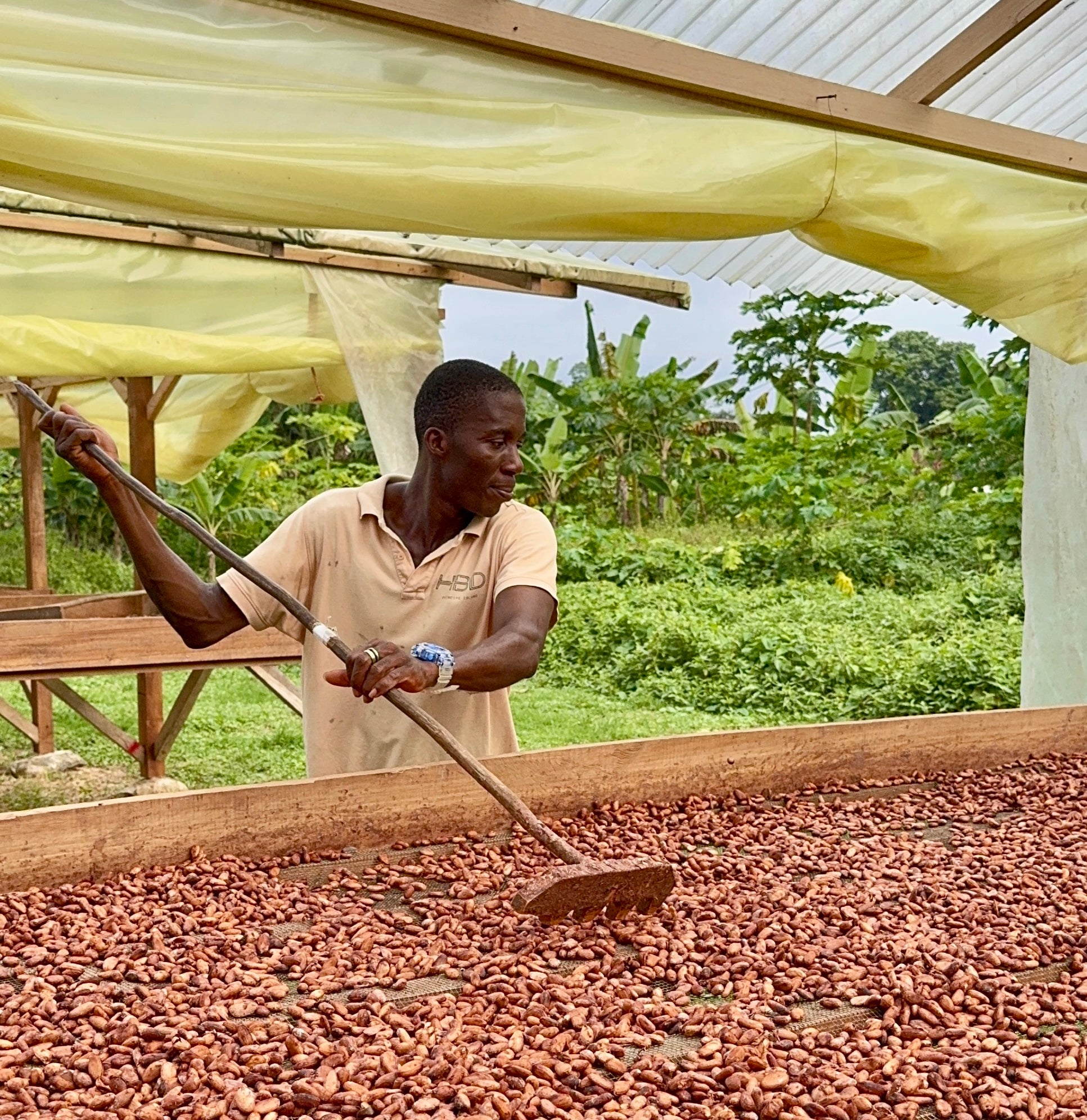
Notable Awards
None yet, be the first!
Roselao Fernandes (aka Junka) rakes drying cacao.

